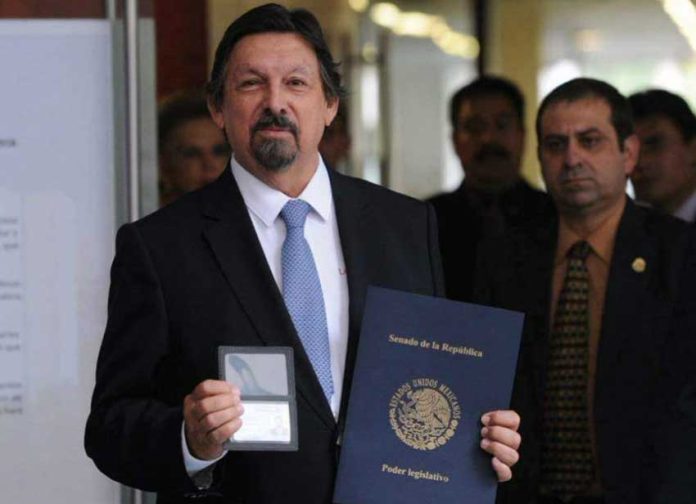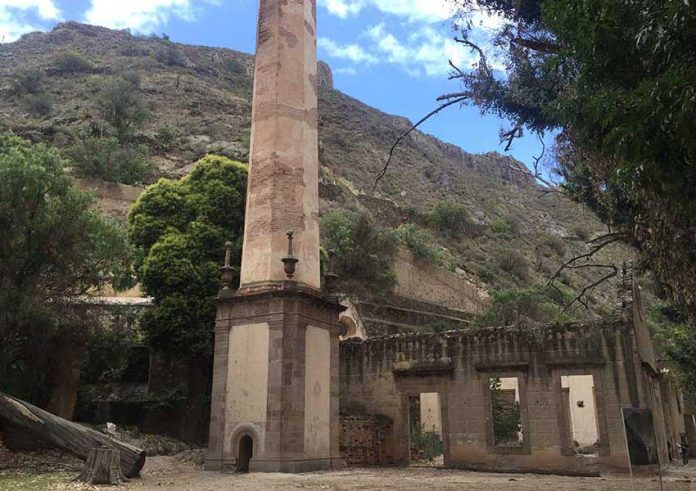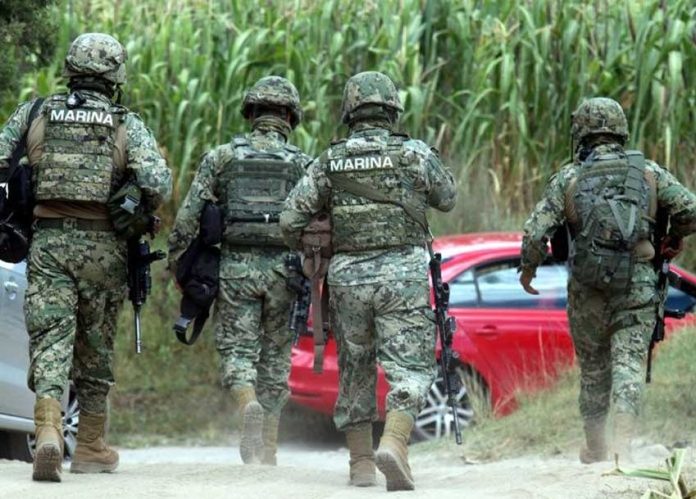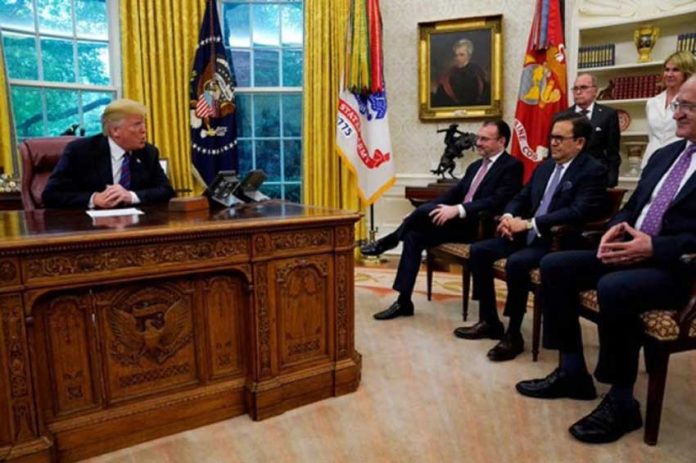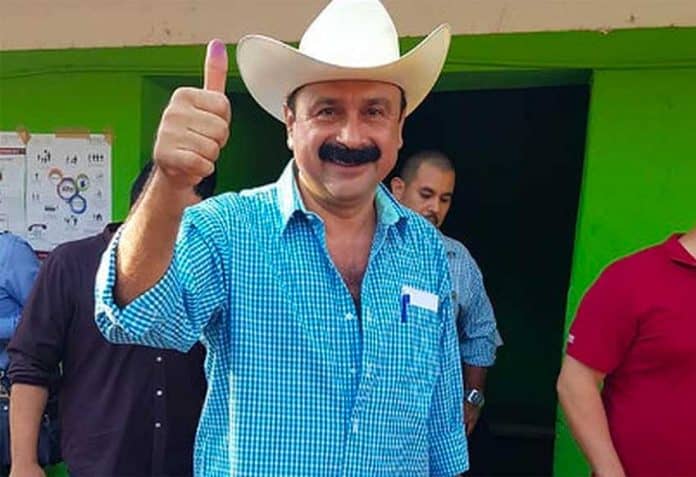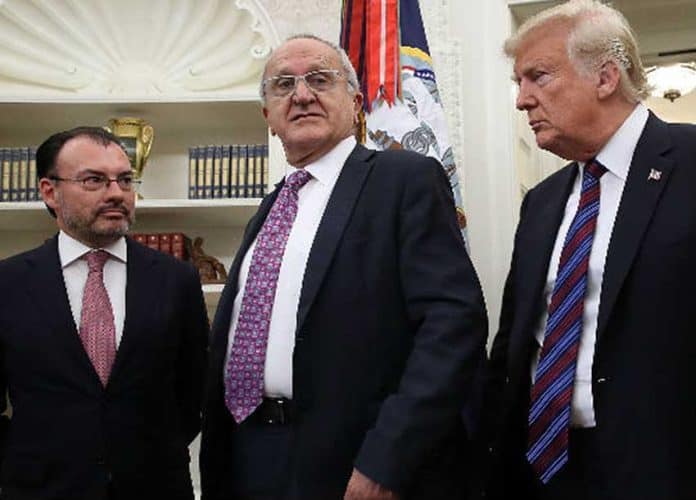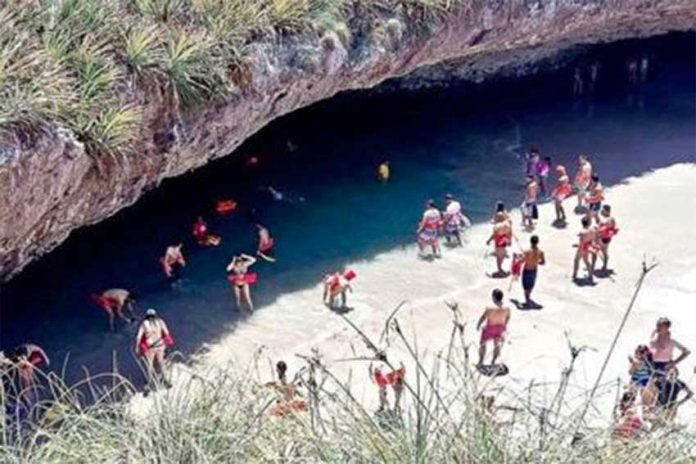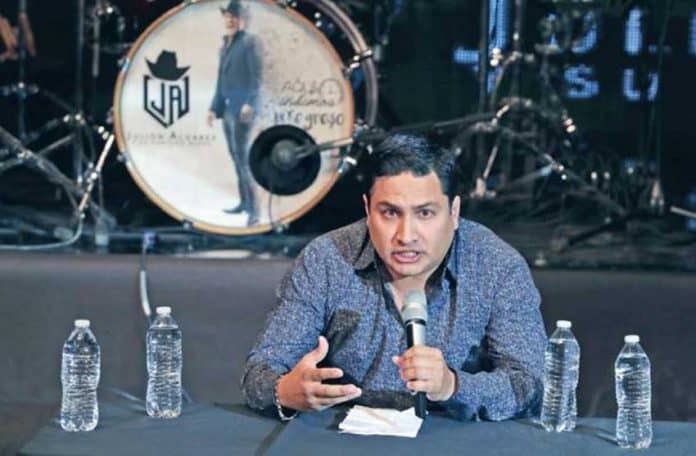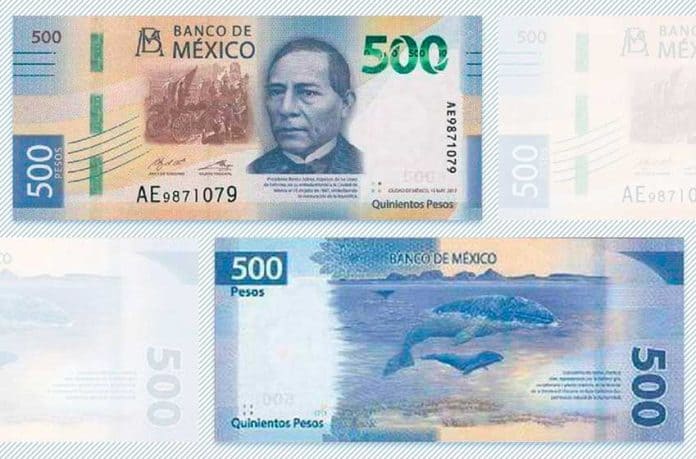Leaving my hotel on a bright summer morning in June, I had no idea that later that day I would be traversing cliff edges while hanging on to the back of a Jeep to see an old abandoned mine.
Perhaps I should have known, since I was heading to the desert to explore the ghost town of Real de Catorce, some 160 miles north of the colonial city of San Luis Potosi. Once a vibrant mining town, Real de Catorce saw its peak in the 19th century with a population of 15,000 dedicated to mining silver.
A combination of the Mexican Revolution and a steep decline in the price of the metal saw the town almost entirely abandoned by the early 1900s, becoming a ghost town in the middle of the Sierra de Catorce Mountains.
[wpgmza id=”64″]
Years later, in 2001, when Real de Catorce would become the second town to be named a Pueblo Mágico or Magical Town, it was brought back to life with visitors from Mexico and beyond.
For the many years in between, however, only pilgrims went to the town. Catholics went to visit Panchito, as the venerated figure of St Francis of Assisi is affectionately known. The Wixáritari or Huichol people came on a yearly pilgrimage to Wirikuta in the valley below Real de Catorce, the birthplace of the world in their belief system and a land abundant with the sacred plant and spiritual guide peyote.
Our much more touristic pilgrimage, accompanied by a soundtrack of early 90s American rock, took three hours. Turning off from the main freeway onto an unassuming dirt-track road, our four-wheel-drive bumped along slowly, the wheels vibrating hard, making conversation difficult.
Miguel, our guide, gave up on his explanations about the surrounding area and the spiritual properties of peyote, his voice drowned out by the shuddering of wheels on rock.
The dirt track through the desert was lined on either side with thousands of yuccas and set against the impressive backdrop of the Sierra Madre Mountains. Somehow, not being able to reach Real de Catorce via a smooth, paved road made the adventure all the more appealing.
Eventually we arrived at the entrance to the Ogarrio Tunnel, a four-mile passageway that burrows through the Barriaga de Plata Hill and opens out into the town of Real de Catorce.
With space for only one lane of traffic, we waited in a small line of cars to get the go-ahead to enter. Locals milled around offering snacks of quiote, an intensely sweet disc cut from the stalk of the agave flower.
Soon enough it was our turn to make our way into the tunnel. With one passenger a confirmed claustrophobic and another — me — suffering a little post-earthquake fear of enclosed spaces, we entered with some trepidation. However, the tunnel was wide and tall enough that our concerns were soon dispelled. Miguel also helped to keep us occupied, enticing us with tidbits about the town.
Once through the tunnel, we arrived on the cobbled-stone streets of this old mining town eager to explore. The bright desert sky stretched out above, the light diffuse, highlighting the decaying stone walls and old worn-out shop signs.
Men in cowboy hats on horseback rode past tourists from Quéretaro and Zacatecas and elsewhere, while Wixáritari men and women in brightly-colored traditional dress sat on the raised sidewalks selling beaded figures of jaguar heads or traditional medicines made with peyote.
Escaping the bustle, we took one of the smaller side streets and climbed up the slight incline. The sight of donkeys tied in the shade of old stone ruins was like something out of a western.
We happily wandered up the picturesque street, passing by the old palenque, or cock-fighting arena, and upwards until we were rewarded by a view deep into the valley where the sacred land of Wirikuta lies.
Clouds began to cover the sky, bringing us some relief from the stark white sun and we continued our walk to find the old bullfighting ring and the Chapel of Guadalupe, built in the 18th century. In a true testament to the syncretism of indigenous faith and Catholicism, which can be seen across Mexico, the gates to the church are decorated with brass molds in what appears to be the shape of the peyote plant.
I thought we had seen all there was to see of this picturesque and fascinating town but after a hearty lunch of Potosí-style enchiladas, we were suddenly heading towards a group of old Jeeps, called Willys.
“You have a choice,” Miguel told us. “You can go inside the Jeep, ride standing up on the back or climb up on the roof.”
Observing the off-road vehicle in front of me, I decided to stand on the back. I had no idea of the road to come and having taken many a hairy journey in my time but still enjoying adventure, I opted for the middle ground.
What would follow was a white-knuckle ride down narrow and steep mountain paths that got the adrenaline pumping through my veins. Every rock that seemed to tip the jeep to one side had me imagining my demise, toppling over the cliff edge. While I was hanging on for dear life, I kept looking up at the family on the roof of the Jeep, two at the front and two at the back who were sitting on old tires to get a better view.
They were having the time of their lives, taking photos and enjoying the view, and they didn’t seem worried at all. The hair-raising trip was only about 15 minutes long in the end and delivered us to El Socavón de la Purísima Concepción.
Here, among fallen trees and rundown buildings, the chimney of the mine still stands. There is a small chapel and a number of the buildings still have doors intact. It is a fascinating insight into how the mine worked and how the miners lived.
In addition, it looks just like a film set and, in fact, Real de Catorce has been used for just that. Julia Roberts and Brad Pitt filmed The Mexican in the town and Penelope Cruz and Salma Hayek starred in Las Bandidas, which had a Catorce backdrop.
On the steep ride back up, it took all my strength to hold on to the back of the Jeep, my knuckles literally turning white. Miguel happily chatted, pointing out the flora and taking photos of me in which, in contrast to reality, I appear rather relaxed.
I looked behind me down the steep track observing the small ruins of other mines or residences dotted around the mountains. I tried to imagine what it would have been like back in its heyday — a heyday for some and hard labor for others, I mused.
My imaginings were cut short, however, when we swung around a steep bend of the ghostly cliff and all my attention had to be redirected to hanging on for dear life.
Take a guided tour to Real de Catorce with Auténtico San Luis
Susannah Rigg is a freelance writer and Mexico specialist based in Mexico City. Her work has been published by BBC Travel, Condé Nast Traveler, CNN Travel and The Independent UK among others. Find out more about Susannah on her website.
[soliloquy id="59826"]
